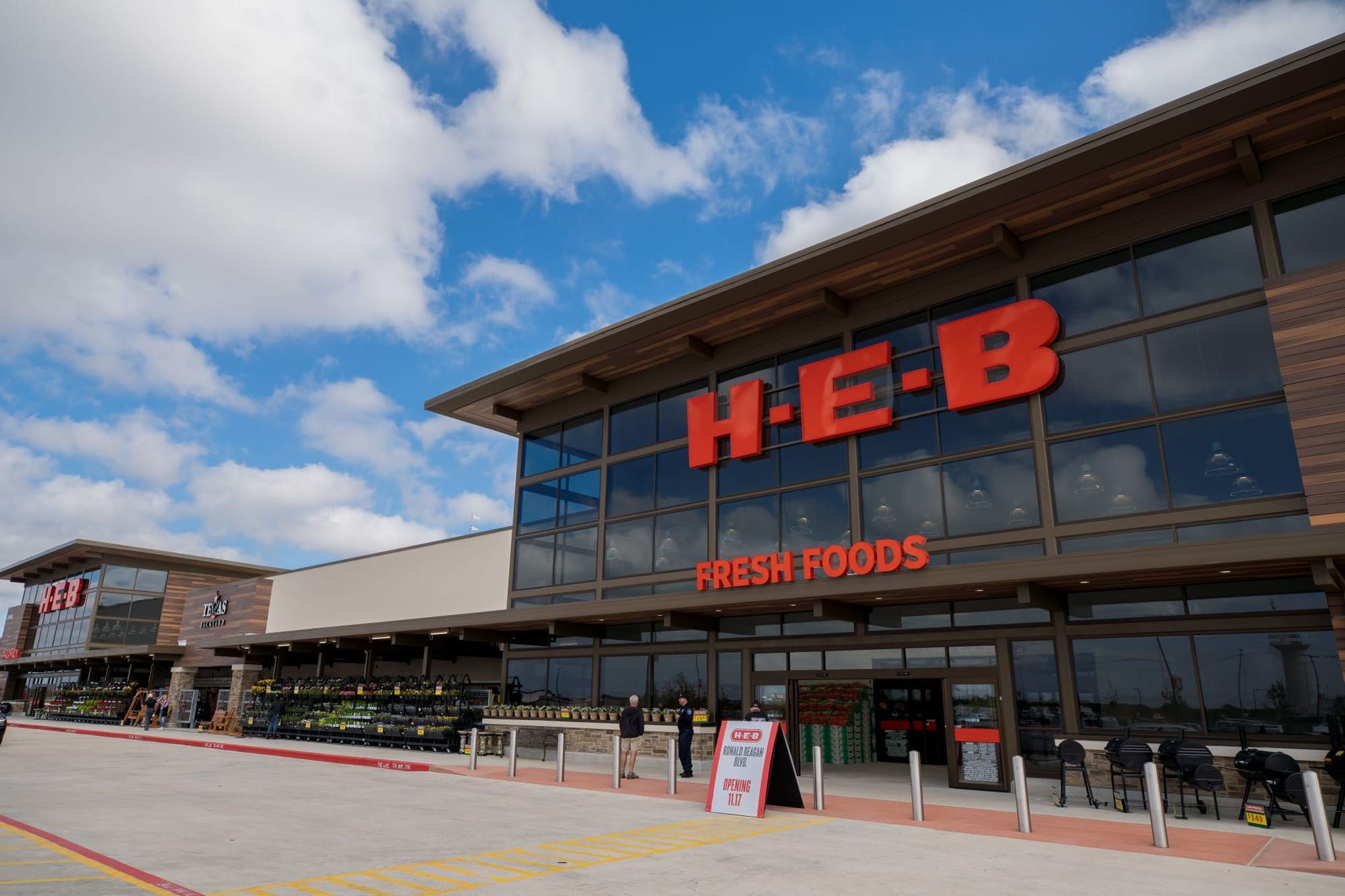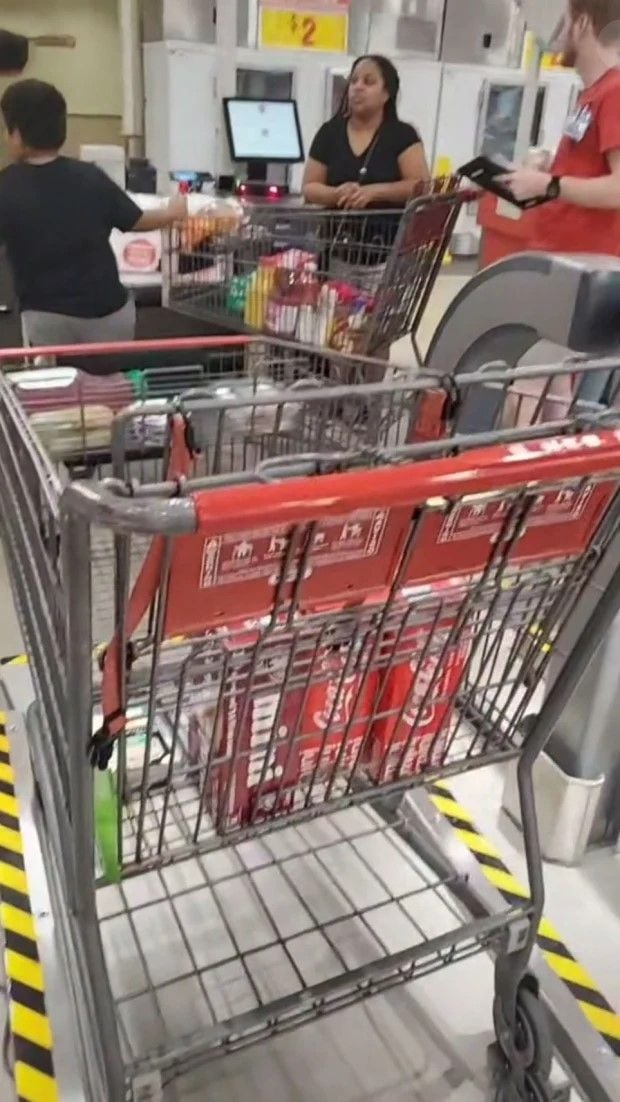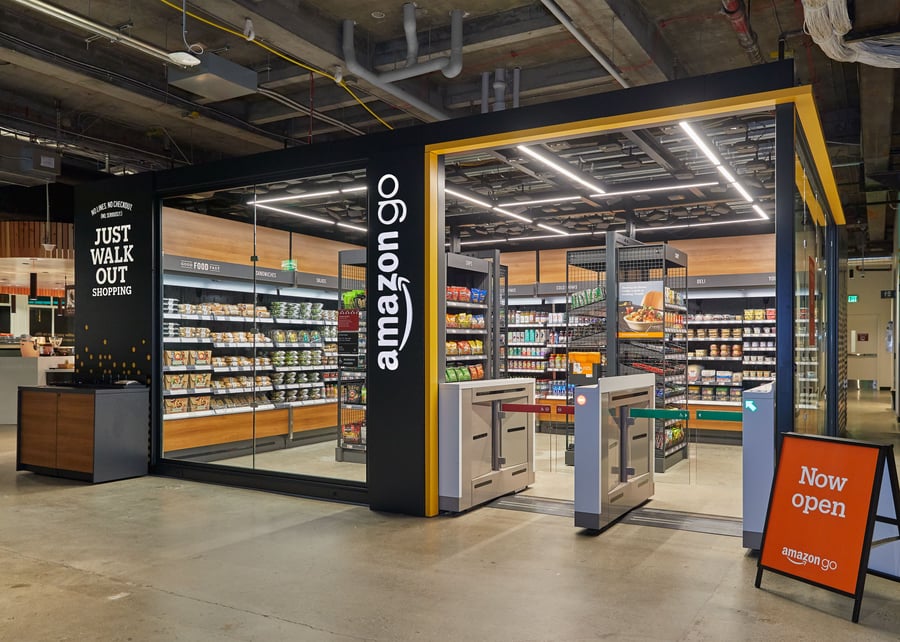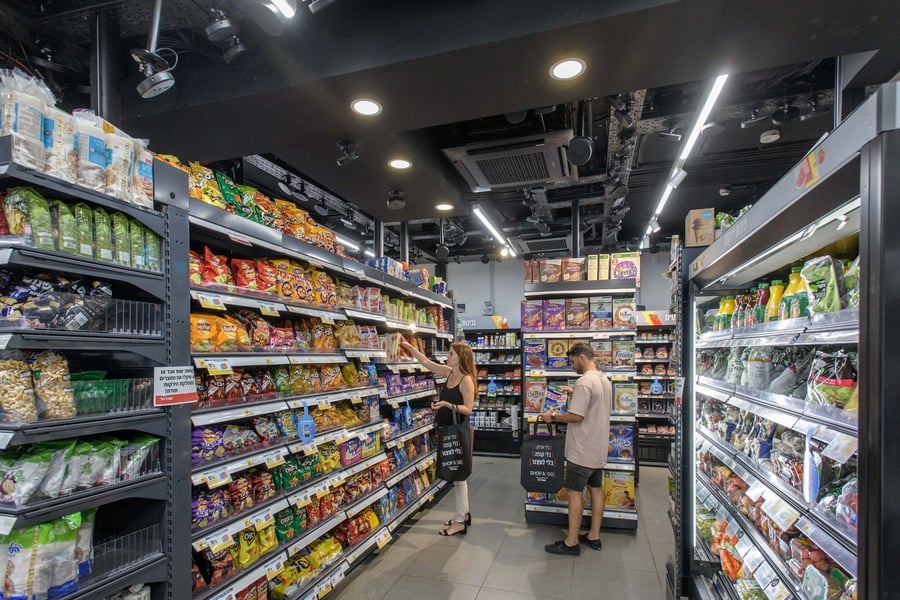Texas Grocery Store Joins “Frictionless Shopping” Trend with Automated Checkout
Grocery shoppers recently posted sneak peeks at a Texas grocery store’s new cashier-less machines that use barcodes and scales to automatically check out customer purchases.

In July the H-E-B Grocery Company, which operates over 300 stores in Texas and 50 in Northern Mexico, installed “Fast Scan” technology checkout machines in its Schertz, Texas stores, prompting curious customers to post on Twitter and TikTok.

“All you have to do is run your basket through and the machine (is) going to scan everything inside the basket and pay the amount on the receipt,” explains H-E-B shopper Christoken Johnson.

The store confirmed its experimentation with automated checkout, explaining: “At H-E-B, we continue to evaluate and utilize innovative technologies in all parts of our business. This checkout option is part of a limited pilot program we’re currently testing internally with our partners.”
H-E-B is certainly not the first grocery store to foray into the world of cashier-less checkout, but it does represent just how widespread the technology has become, and how popular the “frictionless shopping” experience is these days.

Amazon was one of the first innovators of such technology, opening their “just walk out” Amazon Go grocery shops in 2021. Customers in any of the more than 50 locations can choose the automated checkout option when they walk in simply by scanning a QR code in the Amazon app and inserting a linked credit or debit card. As they shop, cameras and pressure sensors on shelves identify the customers’ selections. As they leave the store, the system automatically bills their card for their purchases, and a digital receipt is sent to their phone or email.
Similar modernizations are also happening in other parts of the world. Trigo, an Israeli tech company, has created a system very close to the Amazon Go model, with ceiling-mounted cameras that use proprietary algorithms to track shopper’s movements and product choices. The company’s tech is already operational in grocery stores in Great Britain, Germany, the Netherlands, the U.S., and Israel.

One standout feature of Trigo’s system is that it can be incorporated into existing grocery stores, where Amazon has to build stores from the ground up to compete. “Physical retail is the one space where traditional businesses can take on Amazon and win. The chains we’re working with have thousands of existing stores, Amazon has to build new stores,” says Michael Gabay, who co-founded Trigo with his brother Daniel in 2018.
Critics of these automated checkout rollouts worry that they’ll eliminate jobs by cutting out the need for cashiers. There are roughly 8,650,000 grocery cashiers in the U.S. today, most without college degrees and predominately coming from minority backgrounds. If their jobs disappear, an entire field of entry-level work would be eliminated.

Stores argue that the jobs will still exist, but in different forms. For instance, the digital checkout systems require that all products be physically placed in the exact right place for the cameras to capture and scan them. Inventories still need to be restocked manually as well.

What definitely can’t be replaced is the human interaction of having a cashier check out your cart. But in today’s post-COVID world, it’s hard to tell how many people would actually mourn that loss.




